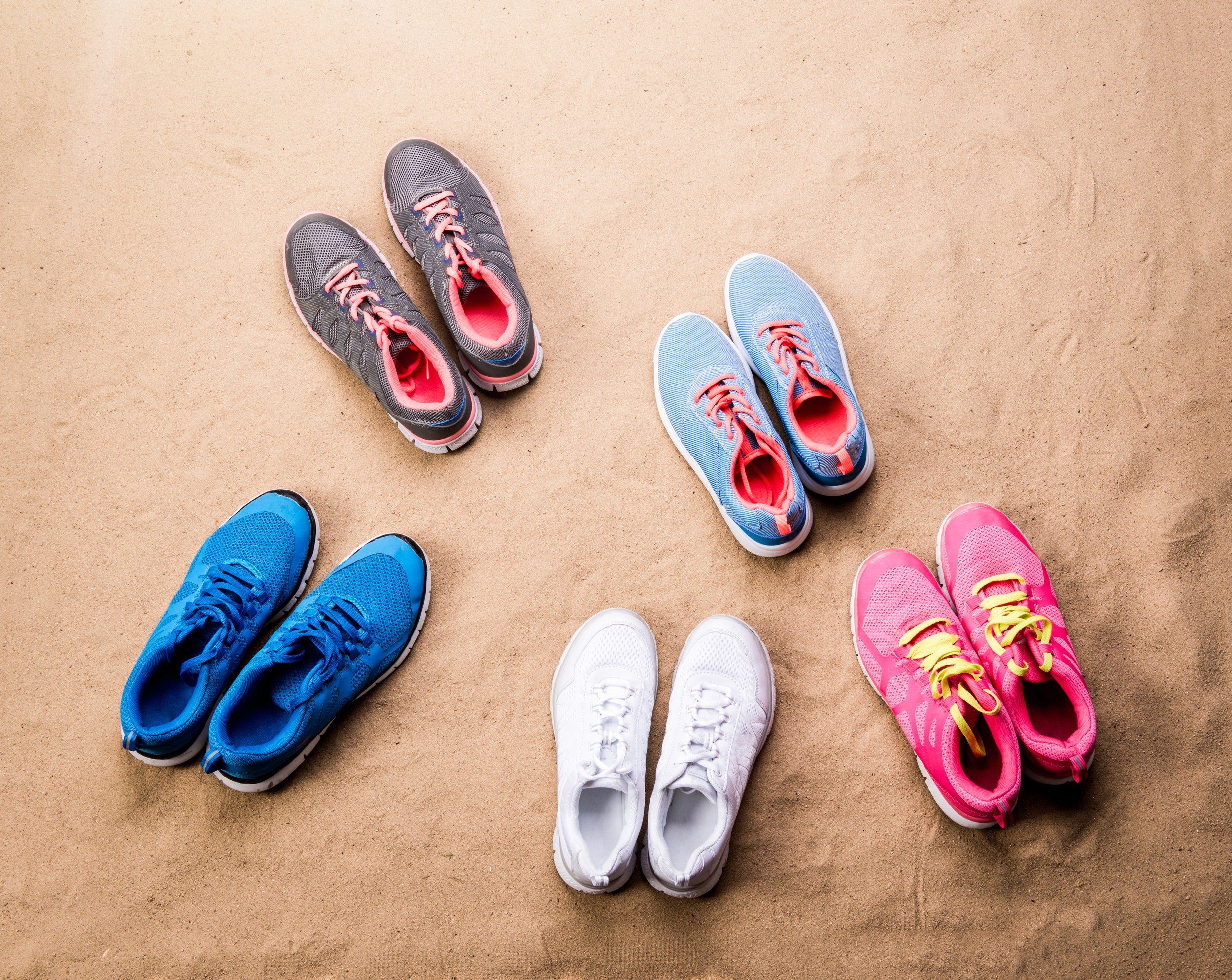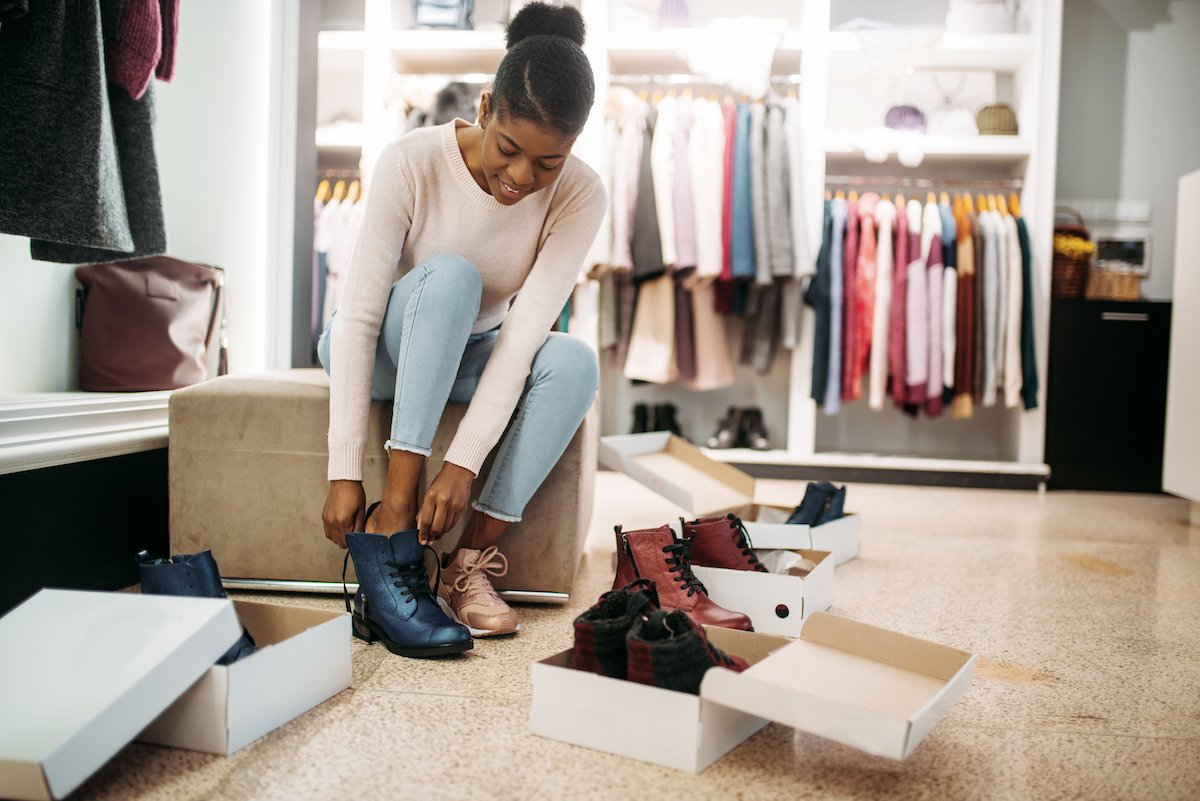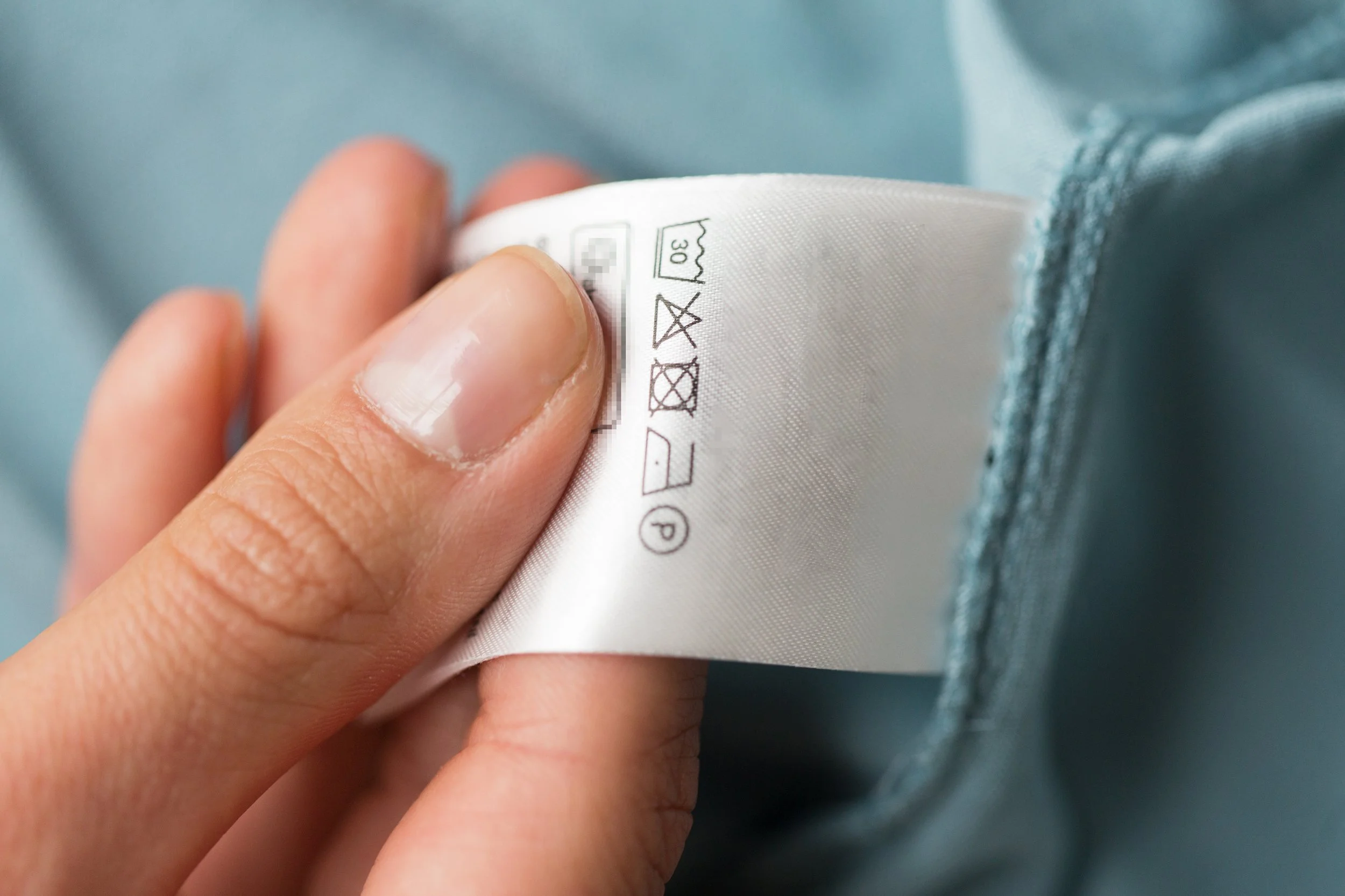Suggesting Shoes Based on Pronation and Arch Type
Languages: English
Media Editing: The video module(s) in this subject are editable under our Content Studio offering unless otherwise indicated. For more information about Content Studio, contact your CSM.
Description: Shoes function in many different ways. They protect people's feet from the elements, and they say something about a person's sense of style. A properly fitted pair of shoes can help improve a person's abilities and reduce their chances of injury. Everyone needs shoes that best support their body weight based on their unique feet. No two pairs of feet are the same, so no two shoe sales should be the same. In this subject, employees will learn about the common types of pronation and arches and what types of shoes they should offer customers to support them and prevent foot pain and injuries. This will help reduce the number of customers who are unhappy with their shoes and end up returning their shoes to the store.
Languages: English
Media Editing: The video module(s) in this subject are editable under our Content Studio offering unless otherwise indicated. For more information about Content Studio, contact your CSM.
Description: Shoes function in many different ways. They protect people's feet from the elements, and they say something about a person's sense of style. A properly fitted pair of shoes can help improve a person's abilities and reduce their chances of injury. Everyone needs shoes that best support their body weight based on their unique feet. No two pairs of feet are the same, so no two shoe sales should be the same. In this subject, employees will learn about the common types of pronation and arches and what types of shoes they should offer customers to support them and prevent foot pain and injuries. This will help reduce the number of customers who are unhappy with their shoes and end up returning their shoes to the store.
Languages: English
Media Editing: The video module(s) in this subject are editable under our Content Studio offering unless otherwise indicated. For more information about Content Studio, contact your CSM.
Description: Shoes function in many different ways. They protect people's feet from the elements, and they say something about a person's sense of style. A properly fitted pair of shoes can help improve a person's abilities and reduce their chances of injury. Everyone needs shoes that best support their body weight based on their unique feet. No two pairs of feet are the same, so no two shoe sales should be the same. In this subject, employees will learn about the common types of pronation and arches and what types of shoes they should offer customers to support them and prevent foot pain and injuries. This will help reduce the number of customers who are unhappy with their shoes and end up returning their shoes to the store.
Topics
Types of Pronation and Shoes That Fit Them Best
-
‘Pronation’ is likely a word you haven't heard before, but it's something everyone does naturally when they stand, walk, run, or move. Knowing how your foot pronates is particularly important when you're purchasing a new pair of shoes. If you choose the wrong type of shoes you could increase your chances of causing pain and injuries, some potentially long-lasting. In this topic, you'll learn what pronation is and the three common types: neutral pronation, overpronation, and underpronation/supination. You'll also learn how to tell which type a customer has based on their current/old shoes, as well as what types of shoes are best for each type of pronation, so customers continue to shop at your store over and over again.
-
Questions (level 1, 2, 3)
Video module
-
This topic is currently available in English.
-
Pronation describes the natural way a person's foot rolls inwards towards their arch and how their arch collapses when their foot hits the ground.
There are three types of pronation: neutral, overpronation, and underpronation (supination).
Neutral, basic, or normal pronation is the most common type. It's when a person's foot connects evenly with the ground, evenly supporting their body's weight and absorbs the impact of their step. The foot still rolls slightly inwards but not too much.
If a customer is a neutral pronator, their shoes will show an even wear pattern centralized around the ball of their feet (portion between the arch and the toes) and part of their heel.
If a customer is a neutral pronator, recommend shoes that offer moderate stability, arch, and ankle support, and average cushioning, like stability shoes. These types of shoes usually have extra arch side supports to help control side-to-side motion and pronation.
Overpronation is more common than underpronation. It's when a person's foot rolls inwards too much and their arch collapses when it makes contact with the ground. This means that the inside of their foot absorbs the impact of their step and supports more of their body weight.
If a customer overpronates, the soles of their shoes will have wear patterns around the big toe and along the inside edge of the bottom of their shoe at the ball of their feet (portion between the arch and the toes).
If a customer is an overpronator, suggest shoes that are stiff or rigid in the heel and middle, have a wide sole, and heel cushioning. These features help reduce the rolling of their foot, limit excessive movement, and offer support. These are often called motion control shoes.
Underpronation, or supination is when a person's foot rolls outward too much, and their arch does not touch the ground when it makes contact with it. This means that the outside of their foot absorbs more of the impact and supports more of their body weight when they step, causing strain on their ankles.
If a customer underpronates or supinates, they’ll have uneven wear patterns along the outside edge of the bottom of their shoes.
If a customer is an underpronator or supinator, suggest neutral or cushioning shoes. These shoes have extra cushioning around the front and back of the shoe, offer shock absorption (reduce the impact of the step), and typically don’t have any added stability. This helps the foot roll toward the arch instead of outward, counteracting supination and allowing for better weight distribution.
Types of Arches and Shoes That Fit Them Best
-
How a person's arches are shaped can impact the way they walk, run, or even stand. While some customers may know what type of arch their feet have, others will not. This is important because a customer's arch type influences what shoes will best support their body weight when they move. Without proper footwear, customers can experience foot pain or injuries like plantar fasciitis. In this topic, you'll learn what the arch of the foot is and the three main types of arch height: neutral, low, and high. You'll also learn how this affects a person's pronation as well as which shoes you should recommend to customers with each arch type, so they are satisfied with their purchase.
-
Questions (level 1, 2, 3)
Video module
-
This topic is currently available in English.
-
A person’s arch is the area between the ball of their foot and their heel. Ideally, it should curve upwards slightly to evenly balance weight and impact when they step.
Arch height refers to how high or low a person's arch rises relative to the ground and affects a person’s pronation. There are three main types of arches: neutral, high, and low.
A normal or neutral arch means the middle part of the arch is slightly raised off the ground when a person stands or moves. This is the most common arch type and means that the person’s arch naturally and evenly supports their body weight.
A person with normal or neutral arches typically pronates normally, their foot rolling inward slightly to act as a natural shock absorber.
If a customer has normal or neutral arches, suggest stability shoes. These types of shoes offer ankle and arch support and have arch side supports that help control side-to-side motion and pronation.
A low or flat arch means that the bottom of a person's foot is almost flush with ground, without much of a curve in the middle.
A person with low or flat arches will usually overpronate or have feet that roll inwards too much. The more the person overpronates, the flatter their arch will be.
Suggest motion control shoes to customers with low or flat arches. These shoes are typically more rigid and stable, have a wide, cushioned sole, stiffer heel, and reinforced arch sides to prevent excessive movement and the wearer’s foot from overpronating.
A high arch means that there is a significant space between the ground and a person’s arch when they put weight on their foot. Most of their weight is supported by their heel, the ball of their foot (portion between their arch and their toes), and their toes.
A person with a high arch will typically be an underpronator or supinator since their foot only rolls slightly inward or not at all.
Recommend cushioning shoes that are highly flexible and have extra cushioning around the front and back of the shoe to customers with high arches. These shoes typically don’t have any added stability and will help provide more shock absorption to help reduce their supination.
A customer may have high arches if they experience pain in the heel, ball, or sometimes the side of their foot after running, high-impact sports, or even standing. This is because high arches make it harder for their foot to absorb the impact evenly since most of their body weight is supported by the outer part of their feet.
A customer may have flat feet or low arches if they experience pain in the arches and heels of their feet or have difficulty standing on their toes. This is because low arches can make it tough for a person’s feet to evenly support their body weight and properly absorb shock when stepping.






